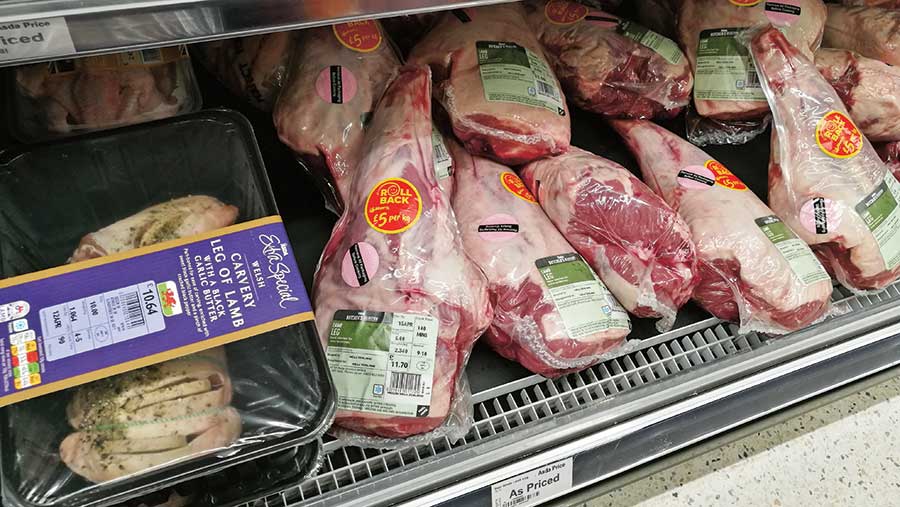UK and EU agree approach on post-Brexit import quotas

The UK and the EU are close to agreement on how key agricultural import quotas should be divided between the two sides after Brexit.
But the emerging agreement – one of the first backroom “successes” of the current Article 50 negotiations – does nothing more than set up a negotiating platform for future discussions in the World Trade Organization forum with Australia, New Zealand and other key trading partners.
Officials in Canberra and Wellington have signalled they will be pushing for a higher rate of market access to the UK and EU-27 markets combined than they have to the EU-28, as compensation for the splitting of what is currently a unified export market.
See also: Prospects for UK meat industry post Brexit
According to Whitehall sources, there is now a provisional understanding between UK and EU negotiators that tariff rate quotas, or TRQs – such as the 283,715t annual quota to import New Zealand sheepmeat – should be divided between the EU and the UK based on actual imports in recent years.
The precise methodology to be used has yet to be specified, but it is understood a three-year average of recent trade flows is under consideration.
Based on trade volumes in 2014-16, the NZ sheepmeat quota, for example, would then be split 48% (109,561t) for the UK and 52% (118,692t) for the EU-27. Average actual UK imports over that period were about 69,000t.
But New Zealand’s trade minister, Vangelis Vitalis, is pressing for a formula that would offer a higher combined quota – possibly even to the extent of duplicating the existing TRQ for both the EU-27 and the UK.
Simply splitting the existing EU-28 quota between the two sides “manifestly leaves us worse off,” Mr Vitalis tweeted on Monday.
The gulf between the EU-UK formula and that of New Zealand and its trading allies will now need to be reconciled in negotiations at WTO level, which are due to begin on 16 October. A compromise between the two methodologies is seen as the most likely ultimate outcome.
